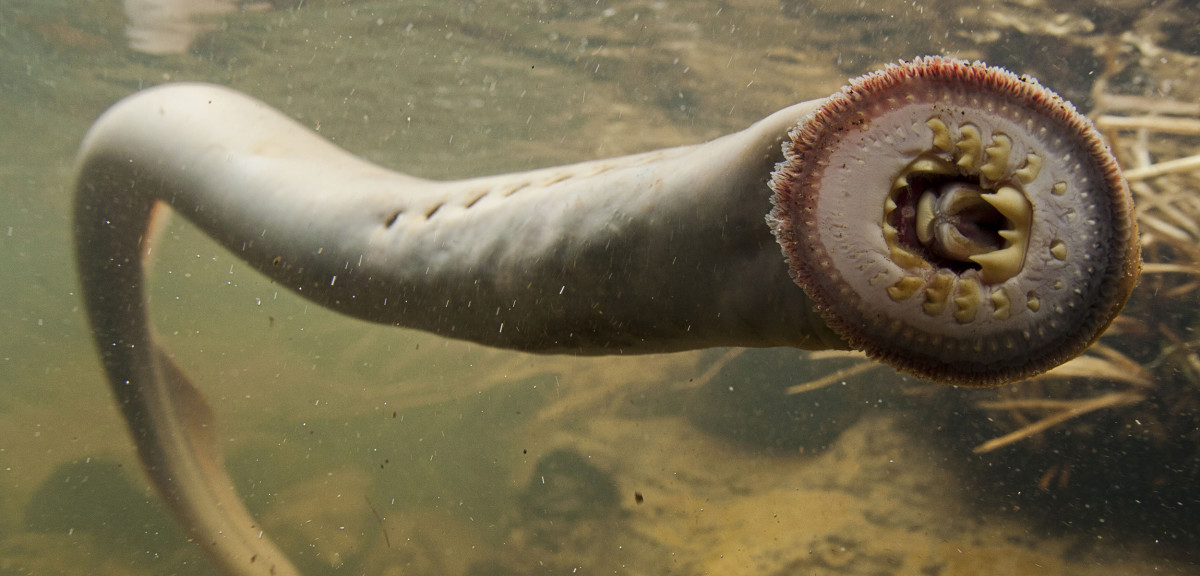Water’s Tough Skin: An Overview
Water's Tough Skin: An Overview
Have you ever watched a bug float or walk on water? I think most of us have. These bugs are common throughout many regions of the world. Some people might think the bug has special water floating abilities; however, it is the water’s special attributes that makes the bug float. In my biology class at Lane Community College, we investigated this phenomenon. We didn’t use bugs unfortunately; instead, we used very tiny sewing pins. We had a small, glass bowl about half-way full of water, and we gently placed the sewing pin evenly along the surface. The pin was suspended on the surface like magic, and it only sank when the surface tension of the water broke. We studied this event, and learned that this was the result of polar molecules attracting, holding the water tighter along the surface, and creating a ‘floor’ effect. It was a wonderful class experiment. Recently, I found a magazine from 2014 that primarily focused on this phenomenon. The magazine was called Science, and the main article was written by Elizabeth Pennisi. Pennisi argues that this process is very important to our lives, and many people are not aware of the possible benefits from water’s incredible property.
Pennisi worked with a mathematician named Rachel Levy from Harvey Mudd College in Claremont, California. They were investigating if surface tension of water helps give plants “muscles.” They experimented on an Erodium seed, which is a group of flowers that resemble a bird’s beak. They discovered that when the seed dries, the tail like extension of the seed begins to coil. However, when they gave the seed water, the tail like extension extends out. From that experiment, Levy said, “When those droplets meet a surface that has greater attraction for the molecules of water than water itself, they will spread out and wet it. (1194)” The extension spreads out and becomes strong. Levy validates this with another example saying, “The wet tissues swell and become straight from [an] initially dry, coiled configuration. (1195)” Since this discovery, Levy suggests, “This discovery might also be enough to propel a microrobot.” And she goes on further explaining how that would be a significant impact to the medical field and towards any other technological advancement. But Levi finishes her statement by saying, “But first we need to know better on how the biology works. (1195)”
I found the methods the scientists used were very interesting. It makes me wonder, what made them think of using an Erodium seed? Nonetheless, they did an excellent job on their experiment. The article in the magazine had pictures of the seed’s tail changing from being sturdy to having coils, and the illustration was very clear on the transformation. The words were written in a scientific genre, meaning they used scientific jargon quite repetitively. The jargon worked well because it had a style that fit the magazine for all readers to enjoy. It was clear, yet it was concise and specific with details.
I agree with Levy, and I agree with Pennisi. Many opportunities and benefits can be discovered through utilizing water’s property of surface tension. Pennisi wrote other examples; for example, utilizing this property can help repel rain better from surfaces or if used by engineers, they can help military ships reduce drag and reduce fuel consumption. Another benefit may be protection from all airborne germs. Many benefits are possible if this property is studied and researched more. Pennisi argues that this should be a major investment, and I agree with her.
Along with these discoveries, I also wonder what other discoveries could be made? What would happen if they conducted more research on water surface tension? In our biology class, we continued to learn that this property is just another one of water’s amazing properties, and we learned that water has many other incredible properties. It is considered the source of life, and properties of water should be studied more. We have so much water in the world, why not study more about it? There may be many more discoveries yet to be discovered!
Citations
Pennisi, Elizabeth. “Water’s Tough Skin.” Science 14 Mar. 2014: 1194-1197. Print.
Thanks for Reading!






